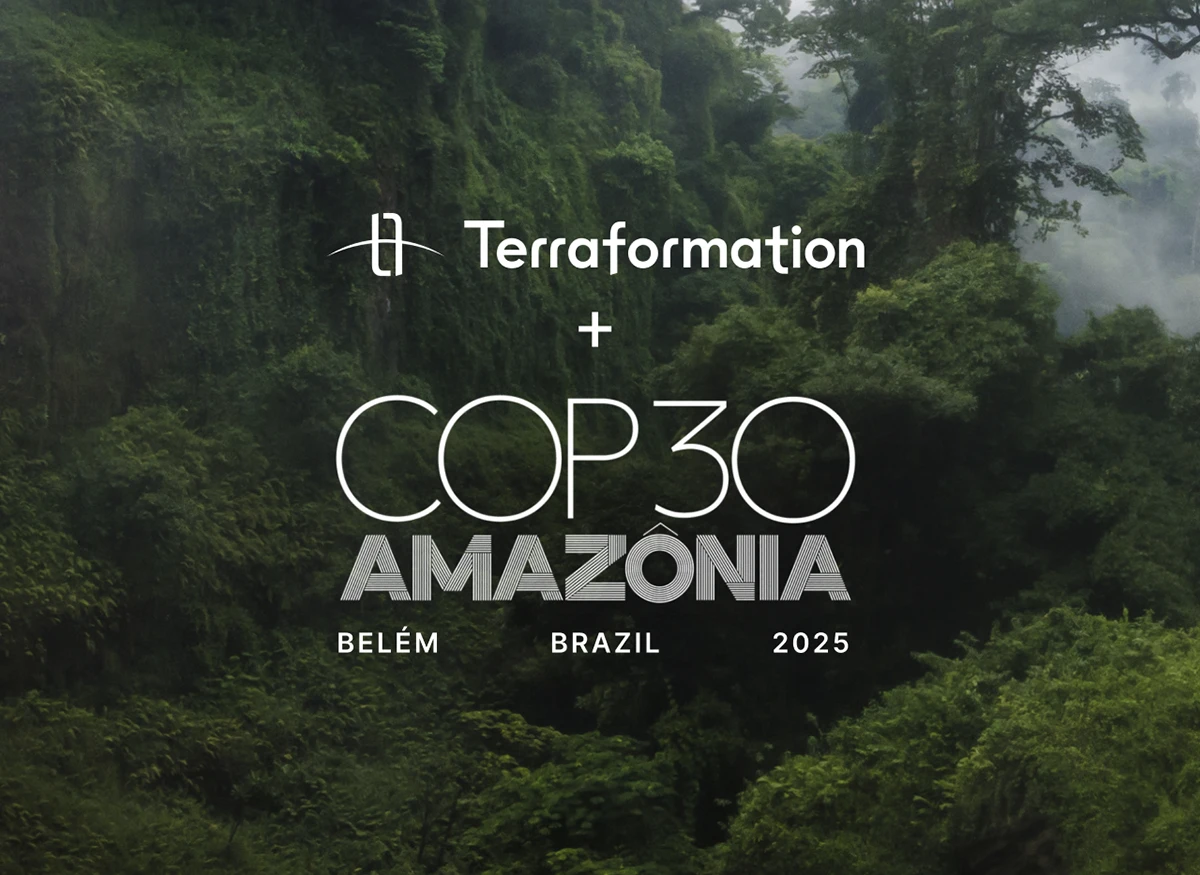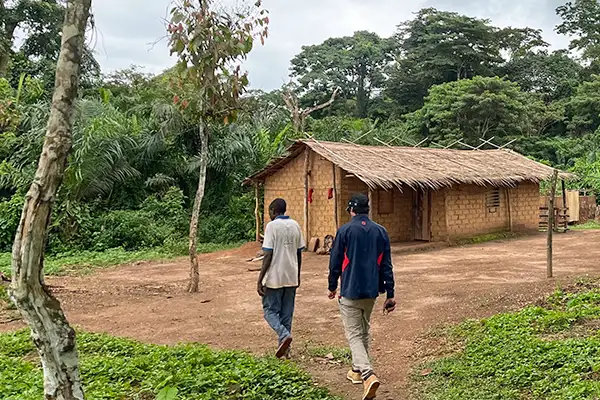From Promise to Practice in Improving Tree-Growing Outcomes

By Karen D. Holl (Professor of Environmental Studies) & Spencer C. Schubert (Postdoctoral Fellow) — University of California, Santa Cruz
Amidst unfolding climate and biodiversity crises, conservationists, politicians, business leaders, and even celebrities have gathered under the banner of forest restoration, with multiple campaigns aiming to grow more than a trillion trees.
Increasingly, trees are touted as a catch-all natural climate solution to sequester carbon, conserve biodiversity, and achieve more equitable outcomes for local communities. These movements have precipitated a dramatic increase in the funding dedicated to tree planting.
But the outcomes of this tree-growing fervor fall far short of expectations. Planting project failures abound, and negative unintended consequences — such as destroying diverse grasslands, introducing invasive species, and displacing farmers who then clear remnant forest elsewhere — are widespread.
This has led to numerous best practices lists to guide the immense enthusiasm and funding for reforestation toward more successful outcomes. The big question is how well tree-growing organizations follow these guidelines.
Good intentions are not enough
To answer this question, we reviewed the websites of 99 “intermediary” organizations, primarily based in North America and Europe, to assess how well they report following best practices. These intermediary organizations promote and raise funds for many local tree-growing organizations worldwide that implement projects on the ground.
We found that tree-growing intermediary organizations broadly recognize the importance of many best practices, such as clear goals, local community involvement, and monitoring, yet many key details were strikingly absent. For example, nearly all organizations discussed benefits that local communities would receive from tree-growing projects, such as income, education/training, ecosystem services, and food security, but only 38% reported data to assess whether these results were achieved.
Approximately half of the organizations stated targets for the number of trees or amount of land area they would plant, yet only a quarter had measurable, time-bound objectives, such as the number of trees surviving in five or ten years. This is highly concerning, since trees take time to grow and mature to achieve their targeted benefits.
There is an urgent need to translate the sweeping enthusiasm for tree planting into more successful outcomes. This is where the rubber meets the road. It won’t be easy, but there are concrete steps that organizations can take to improve success.
Prioritize goals and acknowledge tradeoffs
We found that tree-growing organizations typically mention four to six goals for their projects, most often related to improving human well-being, sequestering carbon to mitigate climate change, conserving biodiversity, and providing soil, water, or air ecosystem services. But there are tradeoffs between goals.
For example, the tree species that grow quickly and sequester carbon often aren’t the same species that farmers want to grow for food to consume or sell. And those species represent a small proportion of the total species that comprise a diverse forest.
With careful planning, it is possible to balance two or three goals, but it is impossible to maximize them all in a single project. Organizations need to set clear priorities to help guide their tree-growing efforts and then evaluate whether they have achieved them.
Acknowledge failures and learn from them
Growing trees isn’t as easy as it seems. Trees can die for a host of reasons: the species weren’t well suited to local conditions, the landowners changed their mind about the project, or an unexpected drought or frost occurred, to name just a few.
It is understandable that organizations don’t want to acknowledge failures, but as Malcolm Forbes notes, “Failure is success if we learn from it.” Learning from doing, or “adaptive management,” is key to improving outcomes from nearly any endeavor, including tree growing.
We argue that acknowledging and learning from both successes and failures increases organizations’ credibility and likelihood of future success. Indeed, our data show that more experienced organizations follow best practices guidelines more closely.
Transparency underlies quality of practice
We reviewed organizations’ websites to find answers to the questions that potential donors should be asking to ensure that their money is well spent, but we didn’t find many concrete answers. For example, only a third of organizations disclosed information about how the funding was spent.
As the number of organizations involved in tree growing rises, so does the variety of choices that donors can support. This means that organizations should openly share information about the criteria they use to select local projects to support, the outcomes of past projects, and how the funding is split between the intermediary organization and the local groups implementing the projects. This accountability is particularly important for organizations that promise specific carbon sequestration targets in the carbon offset market.
Transparency is also key for local communities involved in implementing reforestation projects. Only 34% of organizations shared clearly stated criteria for selecting projects. Local communities need to know the criteria for initial funding, what their responsibilities are, and how they will be compensated beyond just the initial tree-planting stage.
Long-term commitments are key to growing trees successfully
The key to achieving nearly all the stated goals of growing trees requires not just digging a hole and planting a seedling, but growing trees for multiple decades. Only 11% of organizations provided details on how projects would be maintained, monitored, and funded beyond the first year, and a mere three intermediary organizations explained how funding would continue beyond a decade.
We found that turning over maintenance and monitoring responsibilities to local groups and landholders was the most common strategy. This may work in high-income countries where private landowners or government agencies provide funding for ongoing maintenance. But in situations where landholders depend on their land for income, they need payments, income from crops, or other sources of revenue in order to maintain trees on their land.
We know that time needed for trees to grow is at odds with financial and political timelines. Nonetheless, moving in the direction of longer-term funding commitments to reforestation projects is essential to realize the promised benefits of growing trees.
About the
Series:
Who Will Speak For The Trees?
At a time when human economic development is prioritized over the needs of nature, the Who Will Speak for the Trees? series features top reforestation leaders with a broad range of restoration expertise, including climate tech, monitoring, science, finance, media, and more. These diverse voices offer expert viewpoints to instill confidence in how humanity can support nature to deliver a forested future for all living things on Earth. Join us for this ongoing series to learn more about the science of reforestation and how restoring ecosystems is part of a comprehensive climate solution.
















